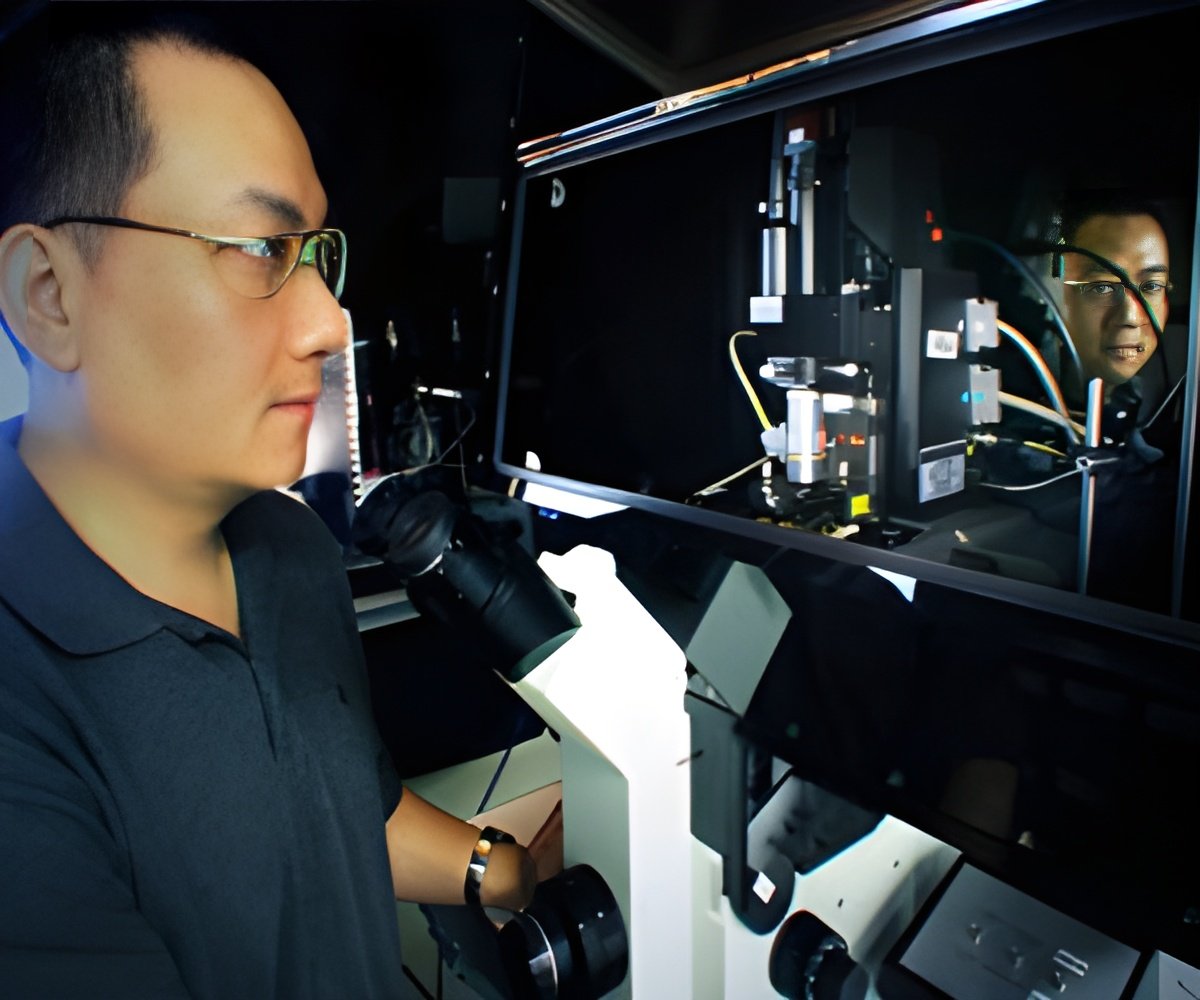
The researchers found the material while working for a four-year project funded by the US Army Research Laboratory and Defense Advanced Research Projects Agency. They were charged with imbuing graphene with thermal sensitivity for use in infrared imaging devices such as night-vision goggles for the military.
Kar and Sridhar spent a lot of time trying to get rid of oxygen seeping into their brew, worried that it would contaminate the "pure" material they were seeking to develop.
"That’s where the Aha! moment happened for us," said Kar, assistant professor of physics in the College of Science. "We realized we could not ignore the role that oxygen plays in the way these elements mix together," Kar, an alumnus of Indian Institute of Science, Bangalore, noted.
"So instead of trying to remove oxygen, we thought: Let’s control its introduction," Sridhar, professor of physics and director of Northeastern’s Electronic Materials Research Institute, said.
Oxygen, it turned out, was behaving in the reaction chamber in a way the scientists had never anticipated: It was determining how the other elements -- boron, carbon, and nitrogen -- combined in a solid, crystal form, while also inserting itself into the lattice.
Advertisement
The findings appeared in the journal Science Advances.
Advertisement









